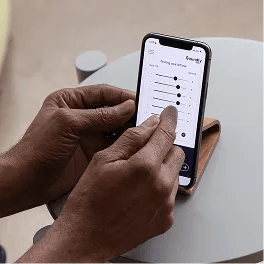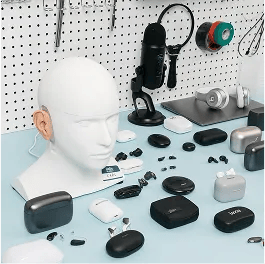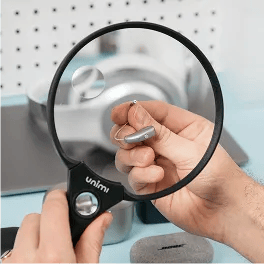- Overview
- Path #1 - Work with a local audiologist in person, then get remote adjustments.
- Path #2 - Buy prescription hearing aids and get them programmed online.
- Path #3 - Buy hearing aids over the counter, program them yourself, get help if needed.
- So which path is best? For most people who want to get care from home, I suggest option #2.
Like me, you have probably spent more time on video calls in the last few years than you had previously spent in a lifetime.
We've learned to do it all, from Zoom birthdays and weddings to long video work meetings and FaceTime calls with friends. If you haven't taken a video call with sweats on the bottom and business casual on top, I don't know where you've been.
The rapid adoption of video conferencing for work and family has led to another kind of remote meeting. Telehealth.
Telehealth has been around for 20+ years, but 2020 pulled it into the mainstream. According to research by Mckinsey, patients are 38X as likely to see a doctor online as they were pre-2020.
I'm a 31-year-old hearing aid wearer with busy work life and a young daughter, so while I'm just as sick of video calls as the rest of you, I am absolutely a fan of going to the doctor from my home office (slippers and all).
I set out to see if I could treat my hearing loss without ever leaving my home. The answer is yes...well, kind of.
After combing through every blog post, making many phone calls, and scheduling a few online consultations, I found three paths to remote care. Each approach has its pros and cons, which I'll explore below.
Path #1
If you want products from the big hearing aid manufacturers like Starkey, Signia, Phonak, Widex, and Oticon, you'll need to do at least one visit in person with an audiologist. After that visit is complete, most audiologists can adjust your hearing aids remotely.
Path #2
Two reputable brands, backed by ReSound and Sonova, sell medical-grade hearing aids programmed online and shipped to your door.
Path #3
Thanks to new OTC guidelines from the FDA, Bose, Lucid, and Eargo are now available for purchase over-the-counter. These brands then offer remote audiology support after you have your product in hand.
I tried all three routes to find out exactly how they work and how close to fully remote care I could get.
Path #1 - Work with a local audiologist in person, then get remote adjustments.
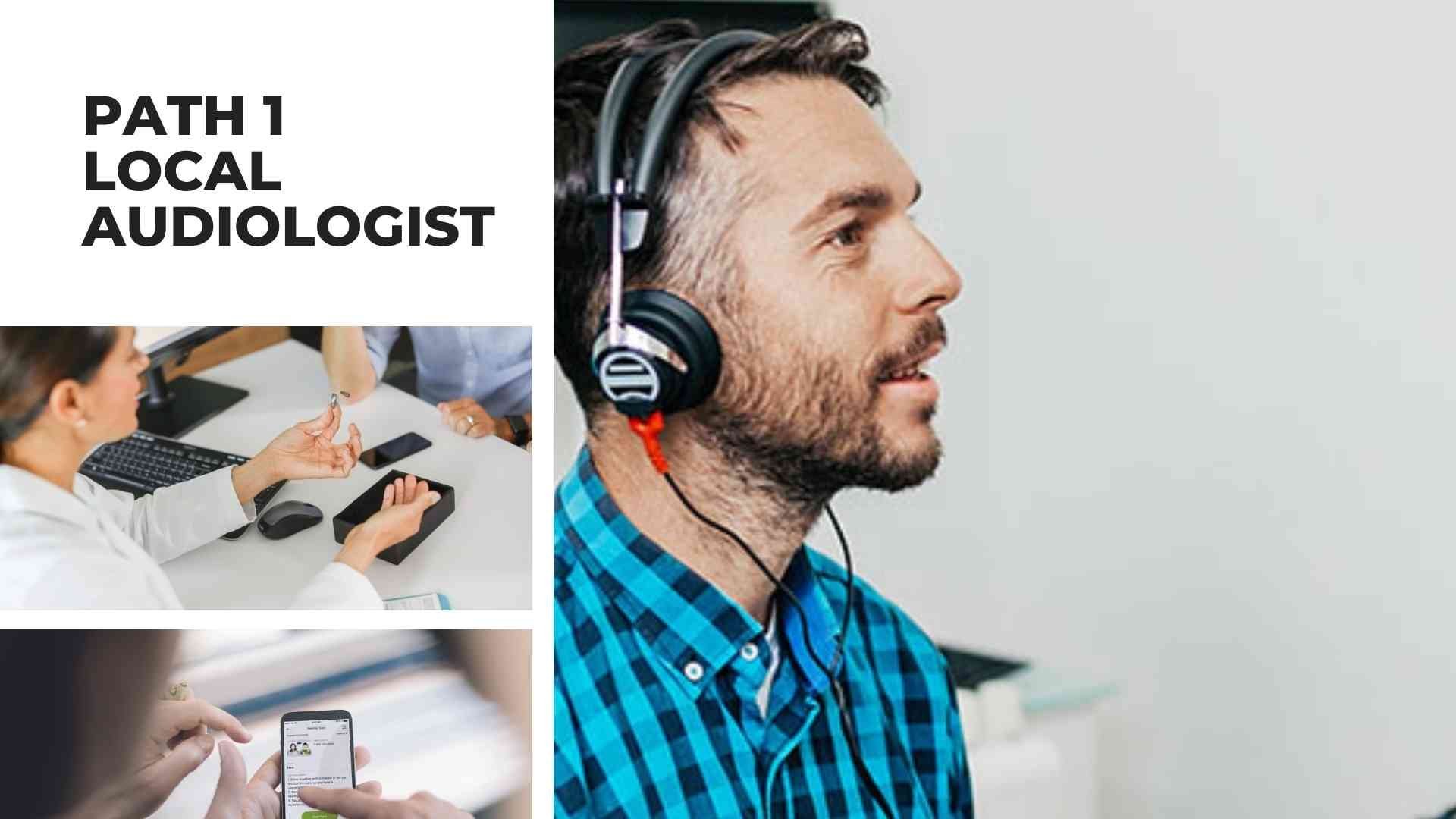
I took the professional path to get my ReSound ONE hearing aids from a local audiologist. The process is tried and true and includes face-to-face care. Here's what my process looked like:
- I found a local audiologist with good reviews.
- I set up an in-person appointment and physically went to the clinic.
- The audiologist did a hearing test inside a booth.
- We talked about products that would fit my needs, and I selected ReSound One.
- The audiologist ordered my hearing aids, and I scheduled a follow-up appointment to get them fitted.
- A week later, I came back to the office, and she fitted my hearing aids with the right tubes and tips. She then programmed them to match my hearing loss using her proprietary software.
- I paid around $7,000, which included the two devices and three years of service. Most audiologists are compensated from the final sale and offer the initial appointments for free. Some audiologists offer "unbundled" pricing and charge by the visit.
- I took the hearing aids home and started wearing them. If I ever need adjustments to the programming, I can set up a follow-up appointment in person or ask my doctor to log into my hearing aids remotely to make changes.
Phonak, ReSound, Starkey, Signia, Oticon, Widex, and several other large brands are only accessible through some variation of this process.
There are a few variations of the local audiology path.
#1. Traditional products sold online: ZipHearing sells traditional hearing aids online, but instead of shipping the product to your house, they send the product to a local audiologist. You then go to that audiologist for fitting and programming. The advantage of shopping in this way is that you can choose a product and price outside of the doctor's office and often get a discount. The downside is that you have less control over who your audiologist is.
Read about the full process here
#2. In-home audiology: Yes Hearing offers audiology services in your home. I haven't personally tried the brand, but they get great reviews on TrustPilot, and their prices seem fair. I called their team to get a description of their process.
- Set up a remote consultation
- Purchase the product you want (ie, ReSound One hearing aids) via the phone and pay with a credit card
- Yes Hearing ships the product to a local audiologist who will drive to your home for a 1.5-hour appointment and administer a test, fitting, and programming.
Path #2 - Buy prescription hearing aids and get them programmed online.
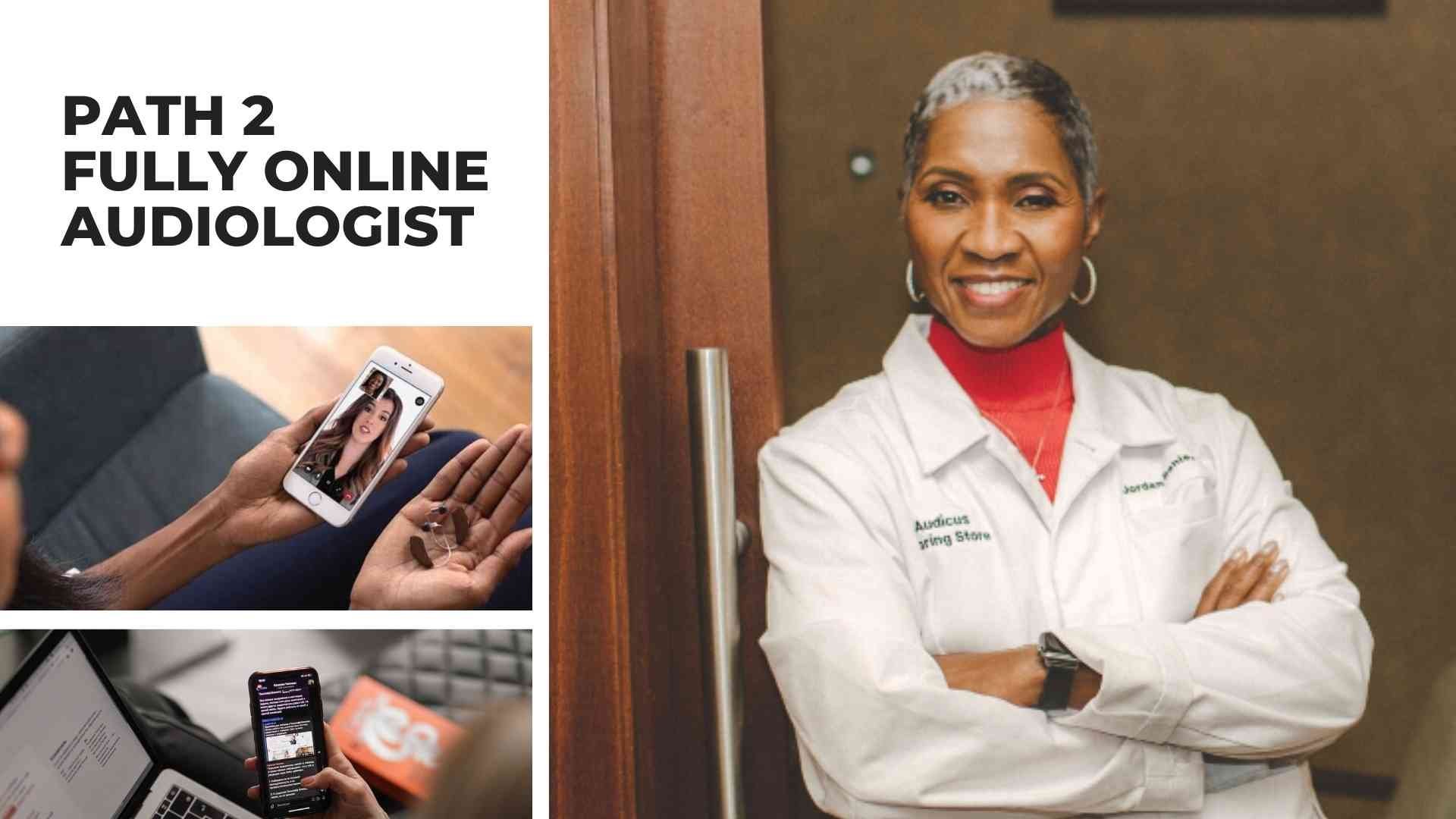
If you can't visit an audiologist in person, or if you just hate paying for parking, there’s another option. Go directly to the manufacturers.
You might be thinking, wait, you told me top manufacturers only sell through brick and mortar audiologists.
There’s an exception. Two of the biggest hearing aid makers in the world, Phonak and ReSound, both work with (or own) a direct-to-consumer hearing aid brand that handles the entire process of fitting and programming online.
Audicus sells product manufactured by Sonova and Jabra Enhance sells products made by GN Hearing. I tried the Jabra Enhance product. Here's how the process went:
✔️ Start with a hearing test on Jabra’s website or send in an up-to-date audiogram.
✔️ With your test in hand, Jabra will program your hearing aids and ship them to you.
✔️ If you need further adjustments, Jabra’s hearing team will tune your program remotely.
✔️ Jabra offers 3 years of unlimited follow-up care with all purchases
I love what Jabra and Audicus are doing. It makes sense for people who live in rural areas or are too busy for in-person visits. The fully online option also reduces costs.
Of course, there are some drawbacks. This fully remote care is only available for limited products (for now). Remote care can be frustrating for those not comfortable with tech or who want hands-on help during the fitting.
Some audiologists also question whether remote testing and fitting are as accurate as in person. I felt the final product worked well, but the concern makes sense.
Path #3 - Buy hearing aids over the counter, program them yourself, get help if needed.
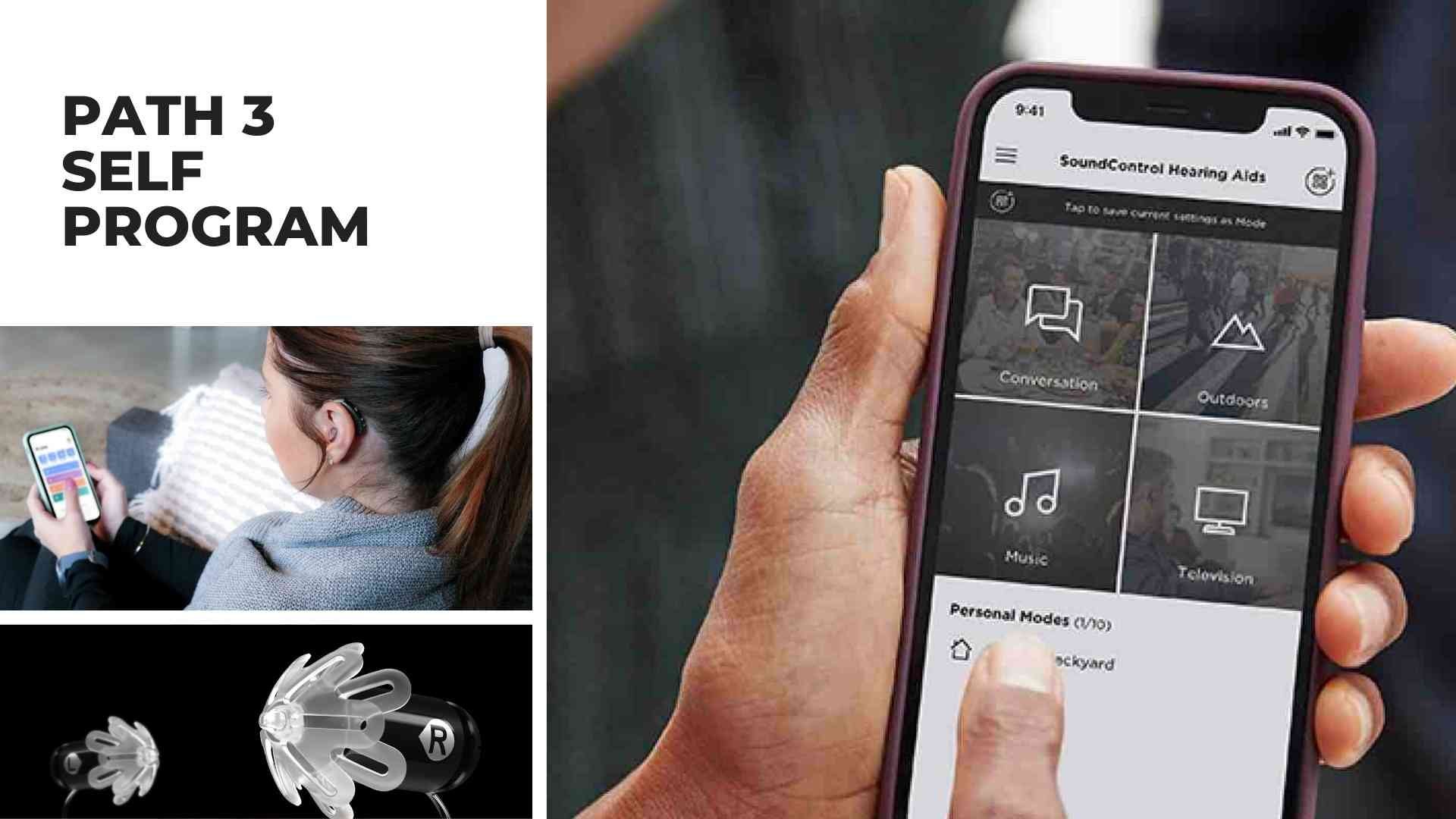
The final path to remote audiology care is the most DIY and also the most affordable. Brands like Eargo and Bose fit into this category.
These brands are betting that customers want as much control as possible, and they only step in when you ask for help.
I recently purchased Eargo hearing aids (full review here), this was the process:
- I purchased the product online for around $2,500. Many purely online products are much less expensive (Bose is $899 for a pair, Lucid is $999 for a pair)
- The product arrived at my home with instructions to download an app.
- I used my phone and the Eargo app to take a hearing test and program my hearing aids. In theory, this could have been the end of the process.
- After I programmed the hearing aids on my own, I had a few issues, so I got in touch with one of Eargo's remote audiologists. We texted back and forth and held a phone call to resolve the problems. She was able to push updates to my hearing aids remotely.
- I was then ready to begin wearing the product. If I want to make changes in the future, I can speak to a remote Eargo audiologist or make changes myself via the app.
Many hearing aid experts believe that more and more people will self-fit their products in the future. I can see the draw, but I also know that many people will continue to need audiological care long into the future.
So which path is best? For most people who want to get care from home, I suggest option #2.
When I decided to purchase my first hearing aids, I was shocked at how confusing the whole process was. It took me days to figure out what options existed. I hope this guide has helped clarify your online audiology choices.
If you have questions or something to add, I'd love to hear from you. Send me a note at [email protected].




